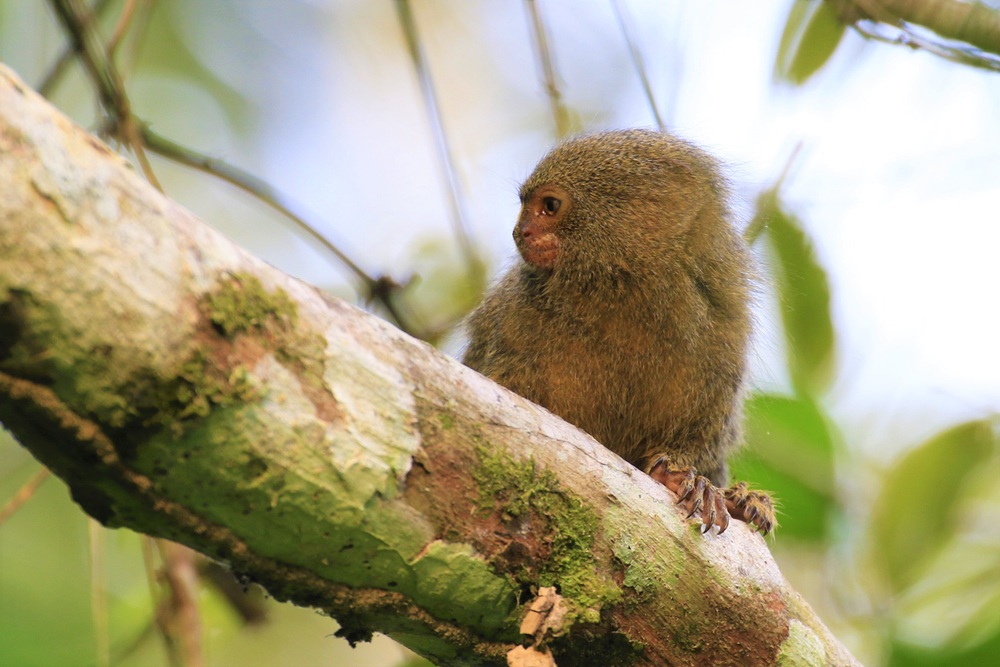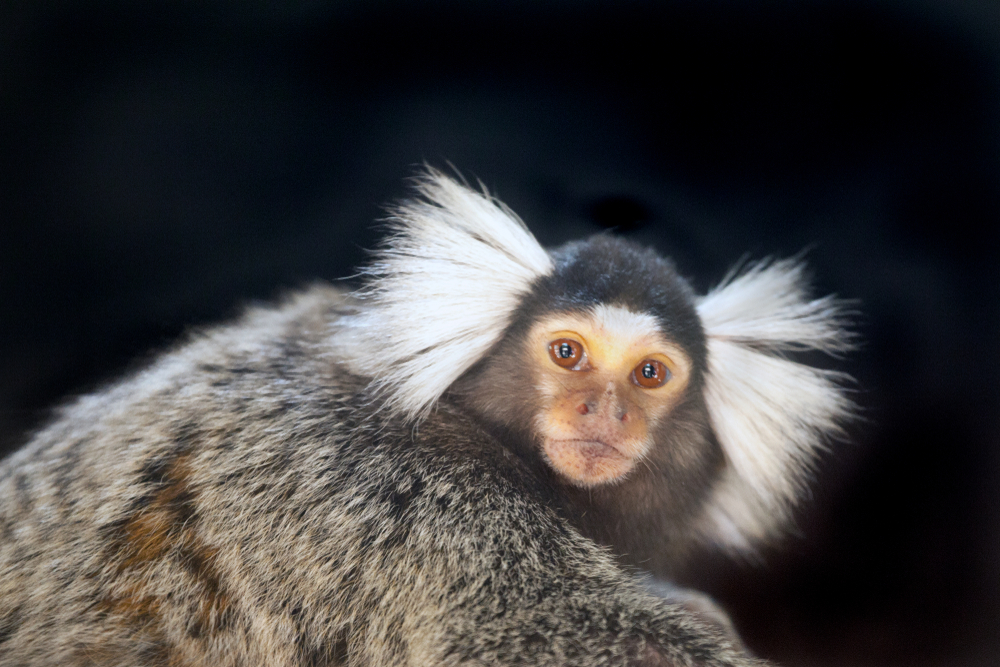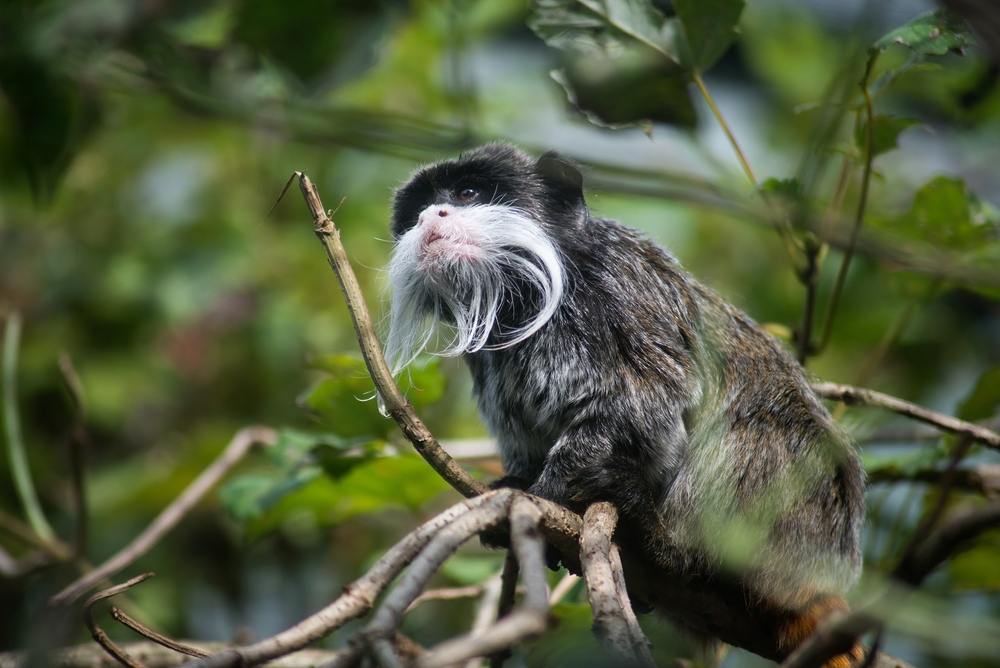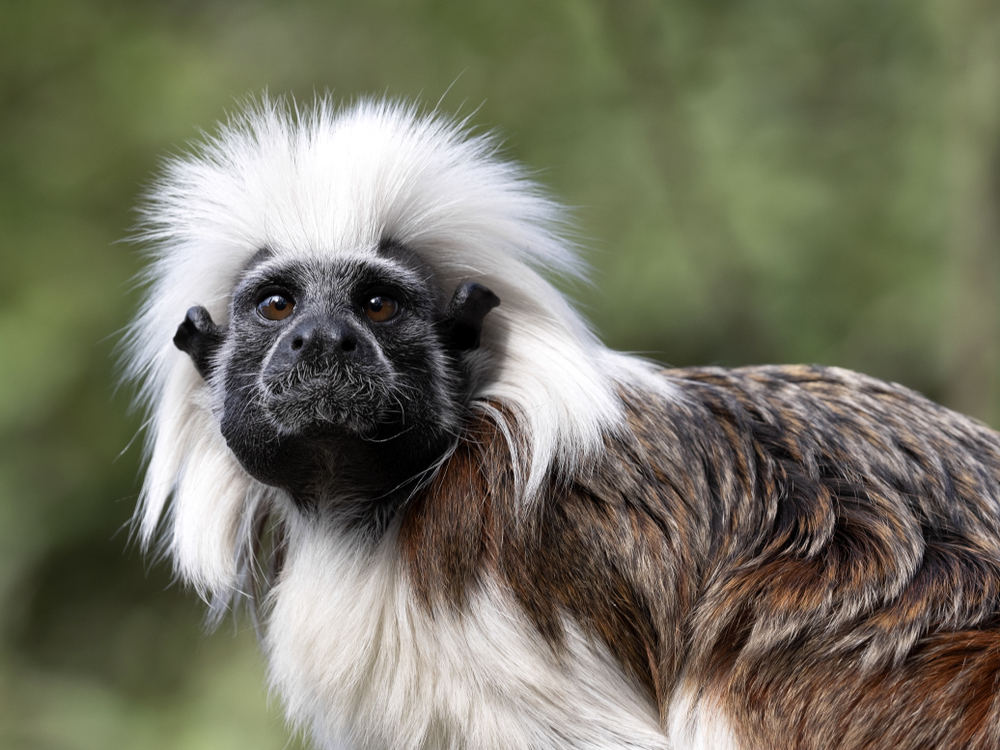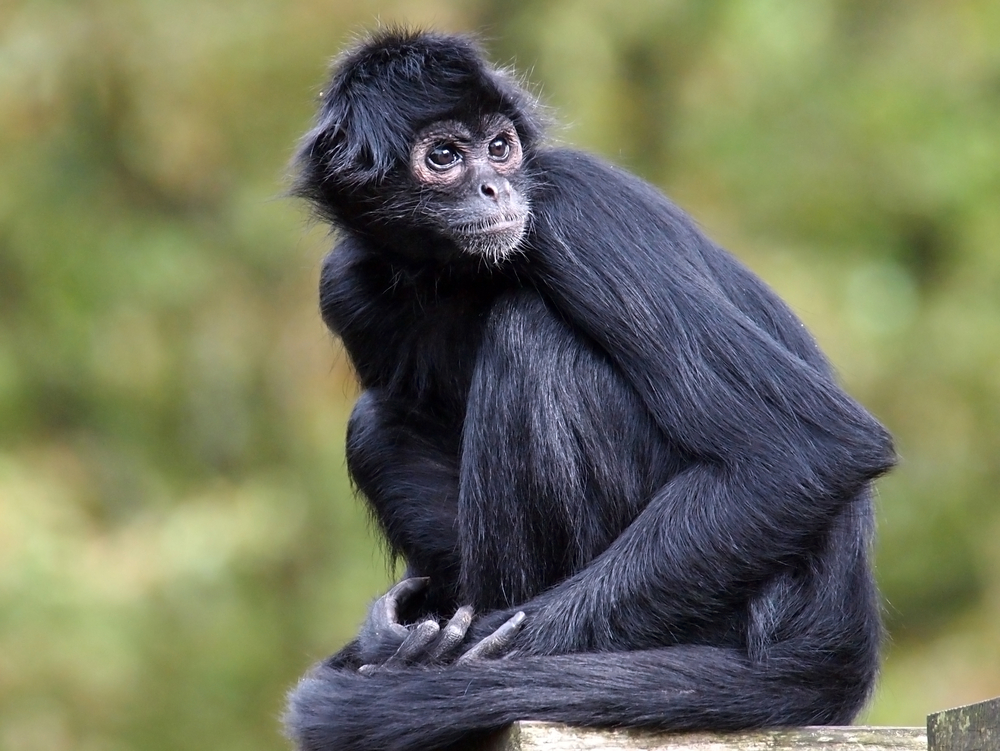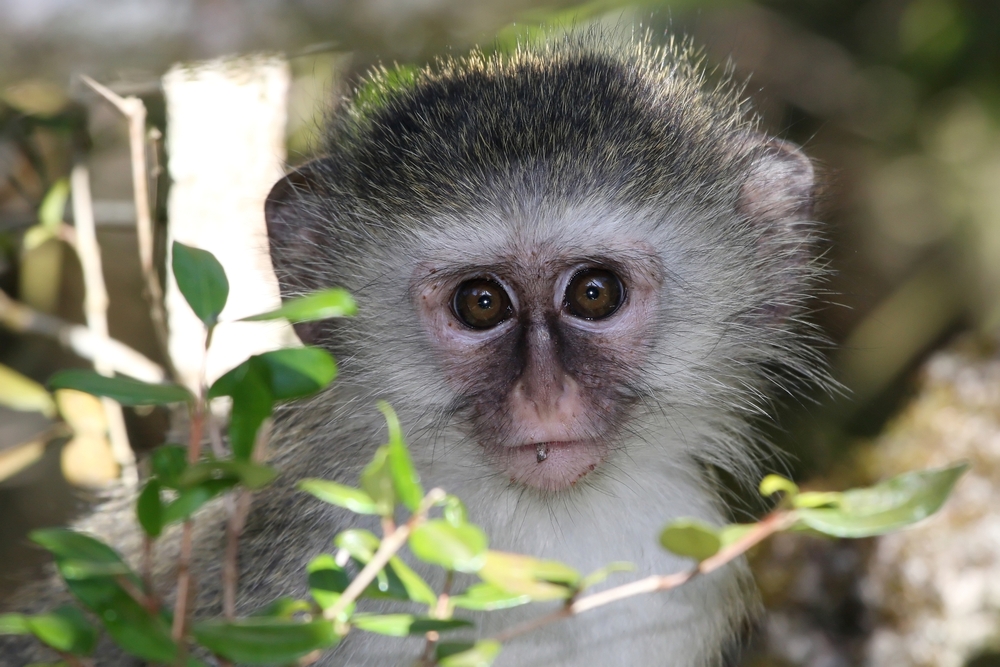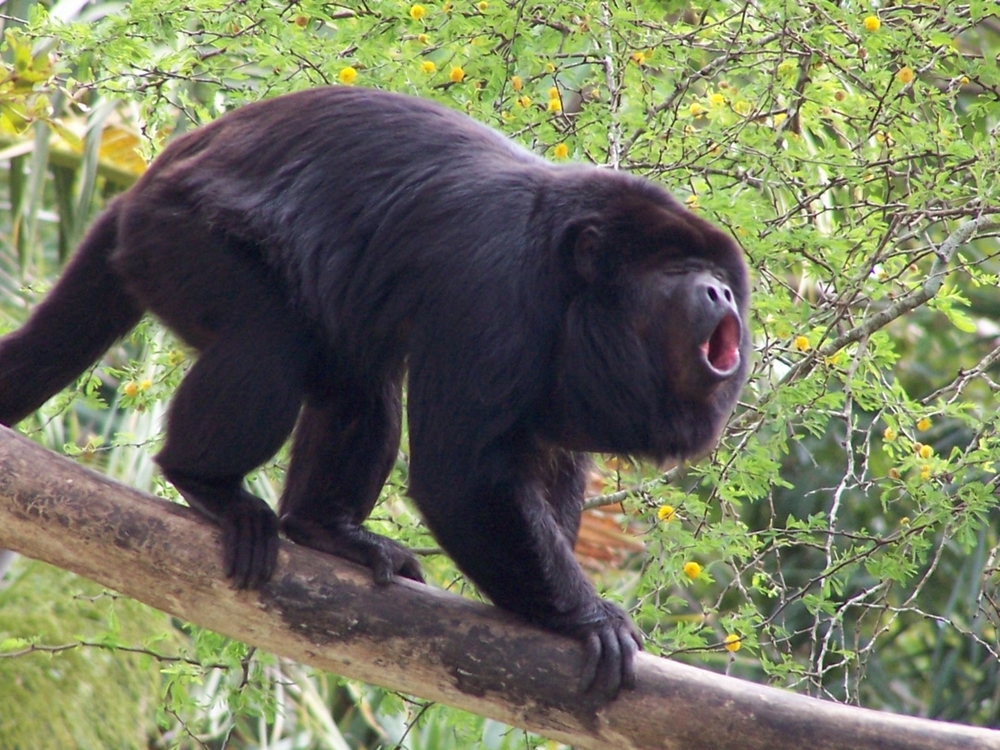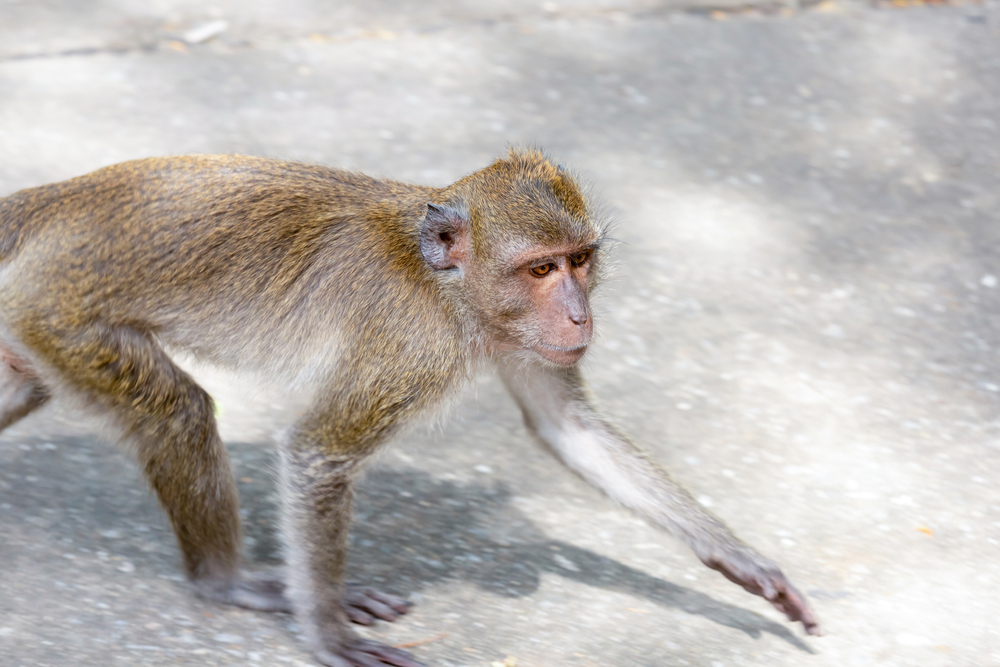About
#Mammals
The pygmy marmoset (Cebuella pygmaea), often referred to as the pygmy monkey, is the smallest monkey in the world and a remarkable species native to the western Amazon Basin. Found in parts of Brazil, Peru, Ecuador, and Colombia, this tiny primate belongs to the Callitrichidae family, which includes marmosets and tamarins. It lives high in the rainforest canopy, where it moves swiftly among branches and vines in search of food and safety.
Weighing just 100–140 grams (3.5–5 ounces) and measuring about 12–15 cm (5–6 inches) in body length—excluding its long, banded tail—the pygmy marmoset is exceptionally small and agile. Its fur is a mottled blend of brown, gold, and gray, helping it blend into the tree bark it clings to with sharp claws. Large eyes and a round face give it a wide-eyed, expressive appearance.
Pygmy marmosets are specialized gum feeders, using their sharp lower incisors to gouge holes in tree bark and feed on sap, resin, and gum. They also eat fruit, insects, and nectar. These primates live in small, tight-knit family groups led by a breeding pair, with other members helping to care for infants. Communication includes high-pitched calls, whistles, trills, and scent marking.
Although classified as Least Concern by the IUCN, pygmy marmosets face localized threats from deforestation, illegal pet trade, and habitat fragmentation. Their small size and endearing appearance make them frequent targets for trafficking, despite protections under international wildlife trade laws.
A marvel of miniaturization and forest adaptation, the pygmy marmoset is a symbol of both nature’s diversity and its vulnerability.
Threatened:
Extinct
Critically Endangered
Endangered
Vulnerable
Near Threatened
Least Concern



































































